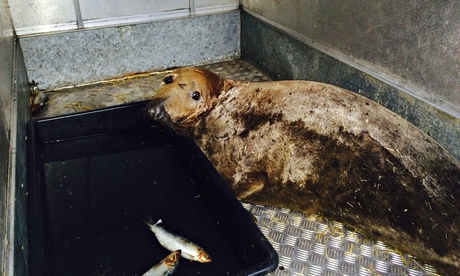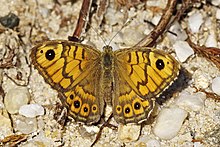G topher tortises, named for their habit of digging large burrows in the ground, are a threatened species that thrives in Sarasota, Fla. — which means it’s illegal to remove them from your yard, even if they’re eating around the foundation of your house.
An anonymous Sarasota resident — let’s call him John — tells National ReviewOnline that he personally has over a dozen burrows on his property, including several beneath and around his home.
John requested to remain anonymous because, without any other options, he has been forced to illegally move the tortoises away from his house and fill in the burrows himself — offenses that could send him to jail if the Florida Fish and Wildlife Conservation Commission (FWC) finds out.
He says he even called anenvironmental consultant
to try to figure out what to do with the “multiplying” tortoises
tearing up his yard, and they “chuckled at him,” saying there was
nothing he could do unless the tortoises had alreadydamaged the house. He legally could not touch the tortoises — and could not fill in their burrows, either.
“I can’t prove they are damaging my home, but once it’s damaged, it’s kind of too late,” John says.
Gopher tortoises are primarily herbivores and live in sandy soils. The ones in Florida have been listed as “threatened” species by the state since 2007, but are not yet federally recognized under the Endangered Species
Act like those in Alabama, Mississippi, and Louisiana. Up to 360 other
animal species are thought to live in gopher-tortoise burrows — which
can be up to 52 feet long and 23 feet deep.
Heathery Rigney, FWC’s gopher-tortoise-permit specialist for southwest Florida, tells National Review Online that there are no permits available to residents seeking to remove tortoises to keep their yards from being eaten.
“We
encourage them to leave it alone, encourage them to just enjoy it
living in their yard,” she says in an interview. “We can provide them
educational brochures. If they have children, we have coloring pages so they can learn about native species.”
Floridians can obtain “Burrow or Structure Protection” permits that allow for the “on-site relocation of tortoises” for residents who can prove that burrows “compromise existing structures” (such as one underneath a propane tank) or put the tortoise in danger (such as one in a driveway or parking lot), according to the official gopher-tortoise-permit guidelines.
The
key phrase here is “on-site relocation.” Even with this permit,
tortoises may be moved only to another area of the same property. That’s
right: Even if residents’ homes have existing, proven damage from the tortoises, they are still not allowed to move the animals out of their yards.
On top of that, residents who seek these permits must apply for and be approved to take an online
gopher-tortoise-handling-permit class before they are allowed to move
them. Threatened structural damage or not, they’re not allowed to fill
in any burrows (or even “disturb” any areas within 25 feet around them)
without completing all the necessary legal steps.
“In most cases, it is best to live with tortoises and their burrows,” the guidelines explain. “Relocations are stressful for gopher tortoises.”
What
happens if you get busted touching one of the tortoises without proper
authorization? It’s punishable by up to a year in jail and a $1,000
fine.
And
it’s not as though this is just some arbitrary law that no one is
enforcing. “People who attempt to relocate them without proper permits
are charged,” FWC officer Baryl Martin tells NRO.
FWC even has a 24-hour hotline and e-mail contact where people can report violations and earn
up to $1,000 if the tip leads to an arrest. John says he is
particularly terrified because he knows there is a tortoise-touching
tattletale in the neighborhood who called FWC after seeing another
neighbor filling in holes alongside his house to save the foundation
from collapsing.
“Some
neighbor across the way spied on them and ratted them out to county
environmental people, who scolded them and put the fear of God in their
hearts,” he said. “If a neighbor that doesn’t like me decides they want
to give me trouble . . . all the neighbor has to do is say, ‘I think I
see somebody doing something wrong.’”
Other Sarasota residents have told NRO that they, too, have had problems
with the tortoises in their yards, but are too scared to be interviewed
for fear the FWC may discover that they have touched one.
“I
suppose on one level I’m not exactly living in fear, but I’ve had a
nightmare or two of the whole federal government descending on me with
SWAT teams,” John says.
























